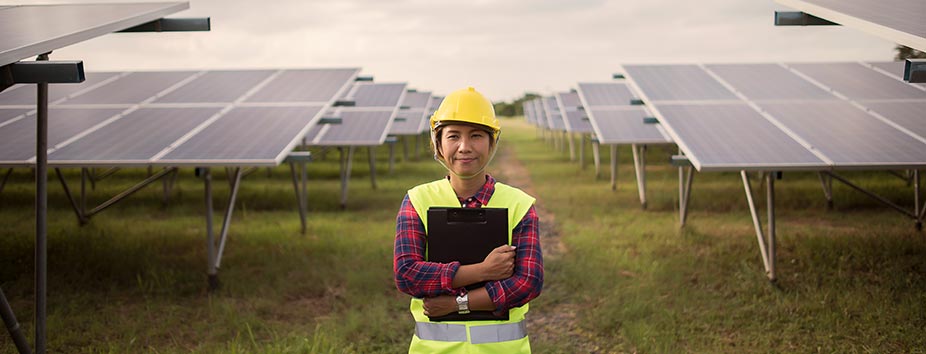Supporting the transition to a low carbon economy


15 April 2019
Westpac has extended the breadth and depth of scenario analysis first undertaken in 20161 to build on our understanding of short, medium and long-term impacts of different climate change scenarios on our customers, communities and business.
The analysis covered our Australian and New Zealand businesses including an assessment of physical risks in our Australian mortgage book for the first time.
“As the first Australian bank to recognise the importance of limiting global warming to less than two degrees, we can play an important role in helping our customers and communities manage the transition to a low carbon economy,” said Philip Tapsall, Head of Sustainability Governance and Climate Change at Westpac Group.
Our 2018 climate scenario analysis reinforced our longstanding position that early action to transition the economy to net zero emissions provides the greatest opportunity for growth and reduces risks of economic disruption.
Actions we took in 2018 to support the transition to a low carbon economy:
Following our 2018 scenario analysis, we will continue to update our work in light of the Intergovernmental Panel on Climate Change’s report on Global Warming of 1.5°C and will release the results of this work in 2019.
1 2016 climate change risk and opportunity analysis (PDF 5MB)
2 Source: IJGlobal, by new financing commitments in FY18